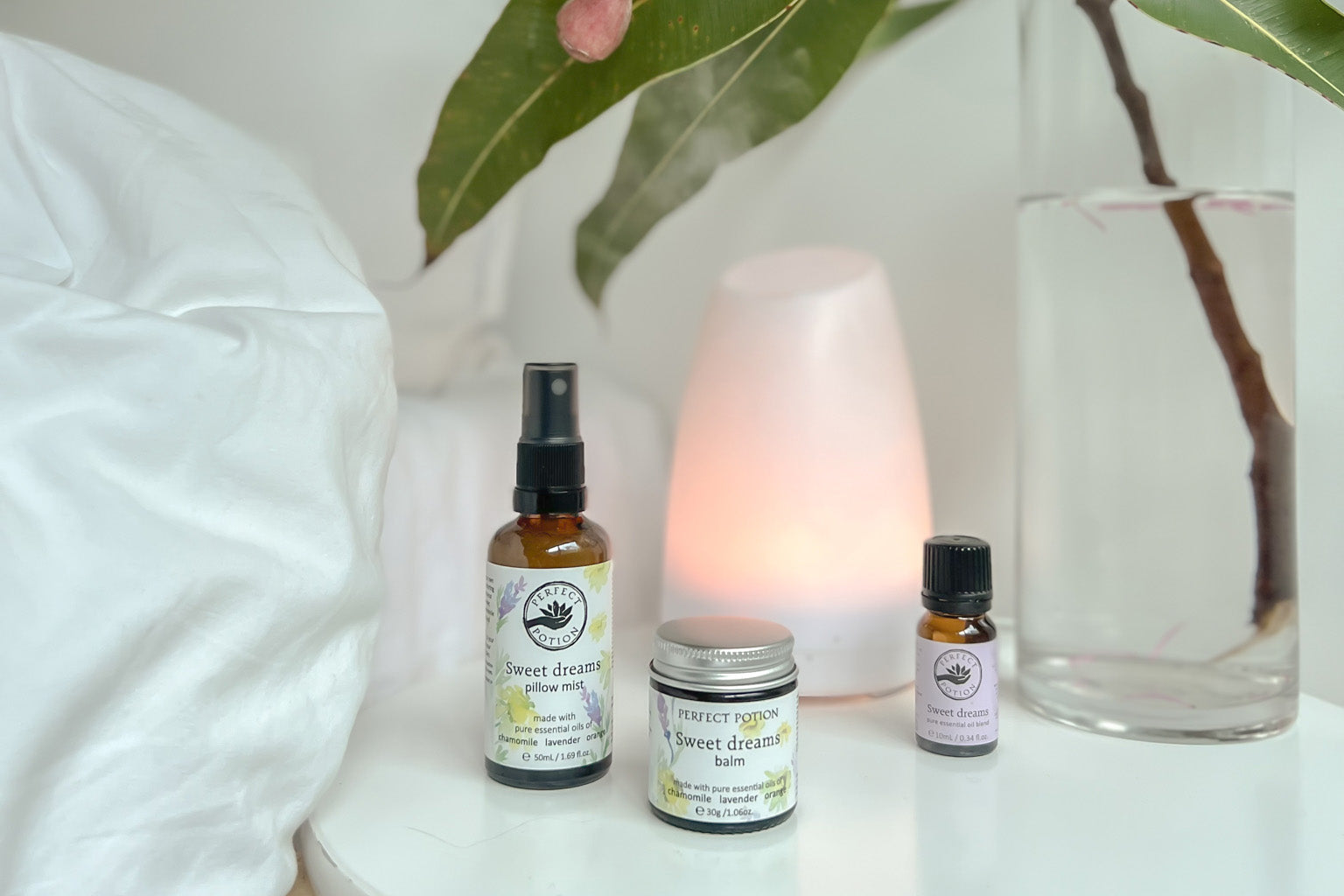Guest blog by Kira Platt-Behrens from Well-Natured Wandering
Imagine yourself cosily seated beside a window overlooking a beautiful nature scene. You gaze across the treetops, breathing calmly while absorbing the vibrancy and peace. You create an expression of this profound moment of nature connection on a small square of paper - writing, colouring, sketching, scribbling, painting - whatever feels good in the moment. You lose yourself in the expression, something you thought only artists were capable of. At the same time, you are coming closer to yourself, your unique imagination, and inner peace. You enjoy the benefits of a calmer nervous system, reduced cortisol (stress hormone), and being with a chilled-out community. It's just an average Monday night at a nature journaling workshop.
Nature journaling is about noticing nature and responding creatively to what you observe; whether that is through written words, painted shapes or colours, sketches, doodling or anything else. It's a means of bringing your body into a slower, stiller space, while allowing your mind to wander curiously and creatively. By nature journaling, you become closer to nature around you as well as your inner nature, which is an innate need for us as humans.
If you search online for what nature journaling looks like for other people, the intricate and seemingly expertly illustrated accounts of nature scenes, plants, and creatures can be intimidating. Don't stop there. The visual outcome of nature journaling is hardly important. Rather, it's about the experience of slowing down, and tuning in to your precious ability to experience Earth's ecology. It's about expression, rather than gaining a particular artistic outcome. Therefore, nature journaling is actually a way for you to overcome the anxious self-criticism that blocks creativity.
Nature journaling was a key element of my training to become a certified Forest Therapy Guide. It taught me to slow down my inner state to reach relaxed and alert awareness. Observing nature in this state meant that I could notice many more intricacies that inspired a sense of wonder, curiosity, belonging, and gratitude. It built up my capacity to authentically guide other people to a similar state of connection, which has various wellbeing benefits. In my nature journaling workshops (www.wellnatured.net/NJ) I aim to provide an escape from the blocked, perfectionist mindset and into the experimental, joyful, unpredictable creative space.

Image of Kira's nature journalling workshop, sourced from the Well-Natured website.
Here are some of my tips for a mindful and freely creative nature journaling ritual to enjoy outdoors or indoors.
1. Gather
Whether indoors or outdoors, you generally want to have some paper or a notebook and creative tool(s) of your choice (pens, pencils, watercolours, paintbrushes, pastels, Textas - it's really up to you). Dress comfortably and safely for the setting and have water or a cuppa at hand. If you're going outdoors, bring with your something to sit on if the ground may be damp or rocky. It's time to channel awareness and relaxation, so I recommend switching off or silencing your devices so you aren't distracted.
2. Find your space
Indoors - Set up a comfortable space to sit and lean your paper on beside a window overlooking nature, a pot plant, or a picture of a nature scene. Set some ambiance with nature-inspired essential oils from Perfect Potion (my favourite is the Listen to Nature kit), and bright enough lighting to see small details.
Outdoors - Come to a space outdoors where you can stay comfortably for at least 15 minutes. It may be a quiet corner of your backyard, local park, or even a nature reserve.
3. Connect
Connect to your present-moment experience by noticing your five senses, one-by-one. Go deeper than any labels your mind might be adding to your experience - be aware of the feeling, sound, smell, flavour or sight itself, which is happening before any mental descriptions arise. Here is a guided mindfulness practice to support you with this...
Breathe - let out several sighs and notice the sensation of your breath being drawn back in naturally.
Feel - Scan through your body from head to toe and observe how nature is meeting each part from outside and within - it may be a subtle breeze, the touch of your clothing, tension or ease in your muscles, movements with your breath, warmth or coolness, your heartbeat.
Listen - Notice sounds across the landscape, from those seemingly far away to those closest to you, even within you.
Smell & Taste - Draw in several breaths through your nose and notice any scents in the air. Repeat, breathing in through your mouth to notice any flavours. Savour a sip of water or tea, experiencing the flavours from the first to the last drop you can taste.
See - Gently gaze across your nature scene. What your eyes are drawn to? Perhaps a particular colour, shape, or pattern attracts it. Allow your gaze to move to different features or linger on one as feels good. Birds and other creatures may come out of hiding to greet you as they accept your presence.

4. Express
Have a play with making some markings using your creative tool(s). Notice the word play. If you set out to intricately illustrate every inch of what you're noticing, you may find yourself straining with criticism of every stroke and give up in frustration. Remember, nature journaling is about allowing your creativity to flow. So, don't worry about what the outcome will be, just draw a few strokes and connect with the feeling of putting something down on paper.
Pick one of the simpler details of your experience to put down on paper. For example, consider a single leaf. You may be surprised about how rich of an experience even a small detail of nature can bring you. Here are some common pointers to guide you.
Notice - Bring your awareness to what you can notice about it with your five senses and jot down a few words, pictures or colours.
Wonder - Go on to add any questions or curiosities your mind conjures up.Be Reminded - Do you notice any memories or related scenes arising? Journal an impression of those.
Feel - Does this detail bring up any feelings within you and how can you record that?
5. Conclude
Finish your session by looking over what you've created in response to your own unique experience. I encourage you to foster a sense of appreciation. You allowed yourself to creatively connect with nature in a way that absolutely no one else could have.
6. Journal regularly
Come back to your journal again later to add more impressions. Changes over time from seasons or growth may start to appear if you journal regularly. Eventually, you'll have a gallery full of windows into your unique experiences of the nature around you and within you. What's most important is that you ritually to slow down, notice nature, and freely express your creativity.
Contact Kira
Find Kira's forest therapy and nature journalling workshops here: https://wellnatured.net/
Kira's perfect potion: Listen to Nature Kit
"I love the mixtures of fruity and floral scents, as well as the earthier tones."




